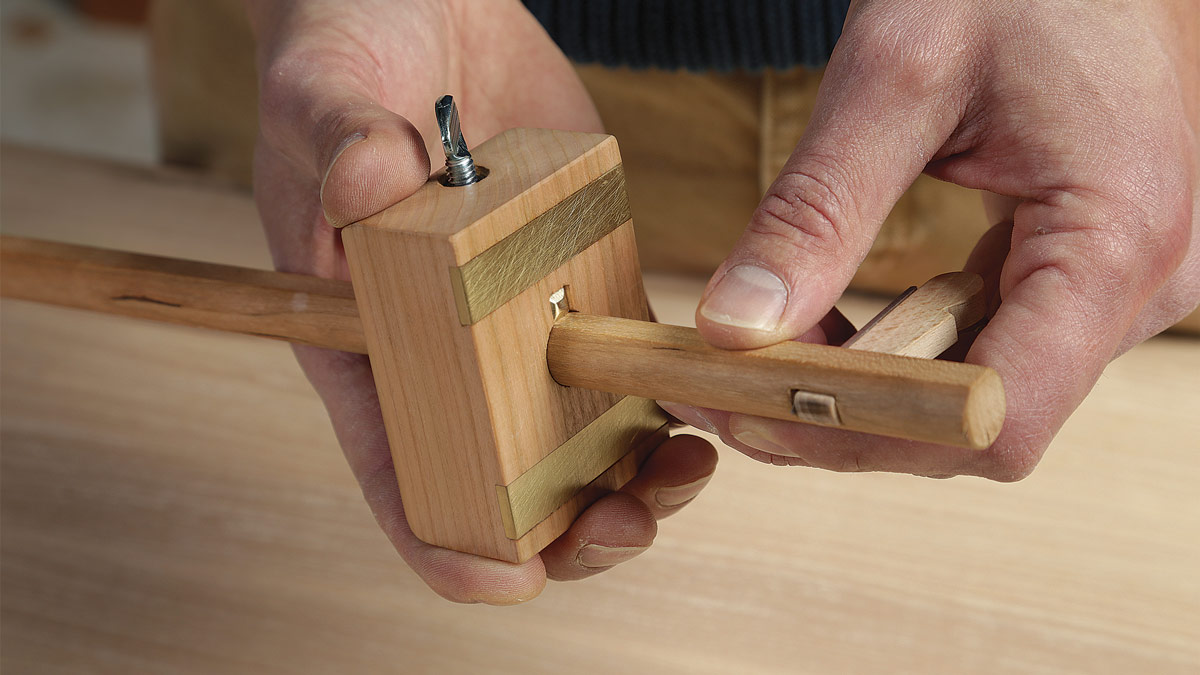

Articles
What Are Woodwork Hand Tools
Modified: August 28, 2024
Discover the essential woodwork hand tools you need for your projects. Read our informative articles and master your craft today.
(Many of the links in this article redirect to a specific reviewed product. Your purchase of these products through affiliate links helps to generate commission for Storables.com, at no extra cost. Learn more)
Introduction
Woodworking is a timeless craft that has been practiced for centuries. From creating furniture to crafting decorative items, woodworking is a skill that allows individuals to unleash their creativity while working with one of nature’s most versatile materials – wood.
One of the essential aspects of woodworking is the use of hand tools. These tools allow woodworkers to shape, cut, and join wood pieces with precision and skill. In this article, we will explore the different types of hand tools used in woodworking, their functions, and how they contribute to the overall woodworking process.
Whether you’re an experienced woodworker or a beginner just starting to explore the craft, understanding the various hand tools available and their specific uses is crucial for achieving quality results. So, let’s dive in and explore the world of woodworking hand tools!
Key Takeaways:
- Embrace the versatility of woodworking hand tools, from measuring and cutting to shaping and finishing, to unleash your creativity and achieve professional results in your woodworking projects.
- Invest in high-quality hand tools, master proper techniques, and let your creativity flow to bring your woodworking projects to life and create stunning, cherished pieces for years to come.
Read more: What Are The Hazards Of Hand Tools
Basic Hand Tools
Before diving into the specific types of hand tools used in woodworking, it’s important to understand the basic tools that any woodworker should have in their toolkit. These are essential tools that are versatile and can be used for various woodworking tasks.
1. Hammer: The hammer is one of the most fundamental hand tools in woodworking. It is used for driving nails, adjusting joints, and tapping pieces into place. A claw hammer with a curved claw on one end is commonly used for woodworking tasks.
2. Screwdrivers: Screwdrivers are used for inserting and removing screws. They come in various sizes and types, including flathead and Phillips head screwdrivers. Having a set of screwdrivers with different sizes and types can be handy for different woodworking projects.
3. Chisels: Chisels are sharp tools with beveled edges and are used for cutting, carving, or shaping wood. They are available in different sizes and are used for tasks like paring, mortising, and creating intricate details on wood surfaces.
4. Hand Saw: A hand saw is used for cutting through wood. It has a long, narrow blade with teeth designed to cut on the push or pull stroke. There are different types of hand saws, such as crosscut saws and rip saws, each with its own purpose.
5. Tape Measure: Accurate measurements are crucial in woodworking, and a tape measure is a tool you simply can’t do without. It is used to measure the length, width, and height of wood pieces, ensuring precision in the cutting and fitting of components.
6. Level: A level is used to determine whether a surface is horizontal or vertical. It ensures that wood pieces are aligned correctly, especially in projects like installing shelves, cabinets, or frames.
7. Marking Tools: Marking tools, such as pencils and marking knives, are used to make precise markings on wood surfaces. These markings help ensure accuracy when cutting, shaping, or joining wood pieces.
These are just a few of the basic hand tools that every woodworker should have. As you continue to explore woodworking, you’ll come across additional tools specific to various tasks and techniques. It’s always a good idea to invest in high-quality tools that will last and provide you with the best results.
Measuring and Marking Tools
In woodworking, precise measurements and accurate markings are essential for achieving professional-looking results. Measuring and marking tools are specifically designed to ensure accuracy and precision in woodworking projects. Let’s explore some of the common measuring and marking tools used by woodworkers:
1. Tape Measure: A tape measure is a flexible ruler typically made of metal or cloth. It is used to measure the length, width, and height of wood pieces. Tape measures come in various lengths, but 25 feet is a common size for woodworking projects. Look for a tape measure that has clear markings and a lock mechanism to secure the measurement in place.
2. Combination Square: A combination square is a versatile tool that combines a ruler and a square. It is used for measuring and marking 90-degree angles, ensuring accuracy when cutting or joining wood pieces. Combination squares often have a flat steel blade with a sliding head that can be locked in place.
3. Calipers: Calipers are precision measuring tools used to measure the thickness or diameter of objects. In woodworking, they are particularly useful for measuring the thickness of boards or the diameter of holes. Digital calipers provide digital readouts for even more precise measurements.
4. Marking Gauge: A marking gauge is a tool used to make accurate markings on wood surfaces. It consists of a beam and a marking point or blade. The beam is slid against the wood surface, and the marking point or blade is adjusted to the desired measurement. The marking gauge is then used to score a line along the wood, ensuring precise cuts or joinery.
5. Carpenter’s Square: A carpenter’s square, also known as a framing square, is a versatile tool used for measuring and marking square or 45-degree angles. It consists of a large L-shaped metal blade with measurements marked on both arms. Carpenter’s squares are commonly used in tasks such as framing, layout work, and checking the squareness of corners.
6. Bevel Gauge: A bevel gauge, also known as a sliding bevel or bevel square, is used to mark or replicate angles other than 90 degrees. It consists of a handle and an adjustable blade that can be set at various angles. Woodworkers use bevel gauges to transfer angles from one piece to another accurately.
These are just a few examples of measuring and marking tools used in woodworking. From rulers and protractors to angle finders and center finders, there is a wide range of tools available to ensure accurate measurements and markings. Choosing the right tool depends on the specific woodworking task at hand, so it’s always beneficial to have a variety of measuring and marking tools in your toolkit.
Cutting Tools
Cutting tools are an essential part of any woodworking project. These tools are primarily used to shape, trim, and remove excess material from wood pieces. Having a selection of quality cutting tools is key to achieving clean and precise cuts. Let’s explore some of the most commonly used cutting tools in woodworking:
1. Hand Saw: The hand saw is a versatile cutting tool that comes in various types, including crosscut saws and rip saws. Crosscut saws have teeth designed to cut across the wood grain, while rip saws have teeth that cut along the grain. Hand saws are ideal for making straight or curved cuts in wood pieces.
2. Backsaw: A backsaw is a smaller and more precise hand saw with a rigid metal or wooden spine. It is commonly used for making precise cuts such as miters, tenons, and dovetails. Backsaws have finer teeth than regular hand saws, allowing for cleaner and smoother cuts.
3. Coping Saw: A coping saw is a small handheld saw with a thin blade held in tension by a frame. It is primarily used for intricate cuts and curves, such as cutting out patterns in wood or making internal cutouts in wood pieces. The thin blade of the coping saw allows for maneuverability and tight turns.
4. Jigsaw: A jigsaw is a versatile power tool that uses a reciprocating blade to make intricate and curved cuts in wood. It is especially useful for cutting shapes and patterns in wood pieces. Jigsaws come with different blade types, allowing for different cutting applications.
5. Circular Saw: A circular saw is a power tool with a flat, rotating blade used for making straight cuts in wood. It is commonly used for cutting large boards or panels. Circular saws can be handheld or mounted on a table for more precise cuts.
6. Router: A router is a power tool used for hollowing out an area of wood or creating decorative edges. It is equipped with a spinning bit that removes material as it is guided along the wood surface. Routers can be handheld or mounted on a table for more controlled cuts.
7. Chisels: Chisels are sharp cutting tools with beveled edges used for shaping and carving wood. They come in various sizes and shapes, such as straight chisels, gouges, and V-chisels. Chisels are essential for precision work, such as creating joints, mortises, and detailing in wood pieces.
These are just a few examples of cutting tools used in woodworking. The choice of cutting tool depends on the specific task at hand and the level of precision required. It’s important to use sharp and well-maintained cutting tools to ensure clean, accurate, and safe cuts in your woodworking projects.
Shaping and Smoothing Tools
Shaping and smoothing tools are an essential part of woodworking, allowing woodworkers to refine surfaces and create smooth, even finishes. These tools are used to shape, contour, and refine wood pieces, bringing out their natural beauty. Let’s explore some of the commonly used shaping and smoothing tools in woodworking:
1. Hand Plane: A hand plane is a versatile tool used for shaping and smoothing wood surfaces. It consists of a blade or iron that protrudes from a flat base, allowing the woodworker to shave off thin layers of wood. Hand planes are used for leveling, smoothing, and shaping large surfaces, ensuring a flat and even finish.
2. Block Plane: A block plane is a smaller version of the hand plane. It is typically used for more precise and detailed work. Block planes can have adjustable mouths and blades, allowing for various cutting depths and angles. They are commonly used for chamfering edges, trimming end grains, and fitting components.
3. Spokeshave: A spokeshave is a hand tool used for shaping and smoothing curved surfaces, such as chair legs or round tabletops. It consists of a metal body with handles and a cutting blade that can be adjusted to different angles. Spokeshaves allow for controlled and precise shaping of curved wood pieces.
4. Rasps and Files: Rasps and files are abrasive tools with rough surfaces used for shaping and refining wood surfaces. They come in various shapes and sizes, such as flat, round, and half-round. Rasps are used for initial shaping, while files are used for more refining and smoothing. These tools are particularly useful for sculpting and shaping irregular wood pieces.
5. Sandpaper: Sandpaper is a common tool used for smoothing and refining wood surfaces. It consists of abrasive particles attached to a paper backing. Sandpaper comes in different grits, indicating the coarseness of the particles. Starting with a coarse grit and progressing to finer grits ensures a smooth and polished finish.
6. Scrapers: Scrapers are metal tools with sharp, thin edges used for removing fine shavings and smoothing wood surfaces. They are particularly useful for removing tear-out, smoothing curves, and refining intricate details. Scrapers can be hand-held or mounted on a scraper plane for larger areas.
7. Surform: A surform is a handheld tool with a replaceable blade ideal for rough shaping and removing large amounts of material. It has a rough, perforated blade that quickly removes wood fibers, allowing for fast shaping and leveling of surfaces.
These shaping and smoothing tools are crucial for achieving the desired finish and surface quality in woodworking. By using the appropriate tools and techniques, woodworkers can create smooth, even surfaces that showcase the natural beauty of the wood.
When using woodwork hand tools, always make sure to keep them sharp and well-maintained. Dull tools can be dangerous and can also result in poor quality work. Regularly sharpen and oil your tools to keep them in top condition.
Read more: What To Look For In Hand Tools
Joinery Tools
Joinery is a fundamental aspect of woodworking, involving the joining of two or more wood pieces to create strong and durable connections. Joinery tools are specifically designed to facilitate the process of joining wood pieces together. They allow woodworkers to create secure and precise joints that enhance the structural integrity of their projects. Let’s explore some of the commonly used joinery tools in woodworking:
1. Chisels: Chisels are versatile tools that are indispensable in joinery work. They are used for creating mortises, which are slots or cavities in wood pieces, to receive tenons. Chisels can also be used for other types of joinery like dovetail joints and box joints.
2. Tenon Saw: A tenon saw, also known as a back saw, is a fine-toothed saw with a rigid back that ensures straight and precise cuts. It is commonly used to cut tenons, which are projecting sections on the end of a wood piece that fit into mortises. A tenon saw is designed to make accurate cuts with a clean finish.
3. Mallet: A mallet is a hammer-like tool used to strike chisels and other joinery tools. It is typically made of wood or rubber to avoid damaging the striking surface. The mallet provides controlled force when making precise cuts and shaping joints.
4. Dovetail Jig: A dovetail jig is a specialized tool used for creating dovetail joints, which are strong and aesthetically pleasing joints commonly used in drawer construction and furniture making. The jig guides the chisel or router along the wood to ensure precise and consistent cuts for fitting the dovetail joint.
5. Router: Routers are versatile power tools that can be used in joinery work. They are equipped with various bits, such as straight bits and dovetail bits, that are used to hollow out wood or create specific joinery cuts. Routers provide precise and consistent results, making them ideal for making complex joints.
6. Doweling Jig: A doweling jig is a tool used to align and guide the drilling of holes for dowels. Dowels are cylindrical wooden pegs used to reinforce joinery connections. The doweling jig ensures that the holes drilled for dowels are aligned properly, allowing for accurate and strong joints.
7. Biscuit Joiner: A biscuit joiner, also known as a plate joiner, is a power tool used to cut slots in wood pieces to receive biscuits. Biscuits are small, oval-shaped wooden pieces that are used to align and strengthen butt joints, miter joints, and edge-to-edge joints. The biscuit joiner allows for quick and accurate cuts for precise biscuit placement.
These joinery tools are essential for creating strong and durable connections in woodworking projects. By using the appropriate joinery techniques and tools, woodworkers can achieve precise and secure joints that enhance the overall quality and longevity of their work.
Fastening Tools
Fastening tools are essential for holding wood pieces together securely and ensuring the structural integrity of woodworking projects. These tools are designed to join wood pieces using various fastening methods, such as nails, screws, and staples. Let’s explore some of the commonly used fastening tools in woodworking:
1. Hammer: The hammer is a versatile tool used for driving nails into wood. It provides the necessary force to secure wood pieces together. Hammers come in different sizes and weights to accommodate various nail sizes and types. Choosing the right hammer ensures efficient and accurate nailing.
2. Nail Gun: A nail gun is a power tool that eliminates the need for manual hammering. It uses compressed air or electricity to drive nails quickly and efficiently into wood. Nail guns are commonly used in larger woodworking projects and offer increased speed and precision.
3. Screwdriver: Screwdrivers are essential for driving screws into wood. They come in various sizes and types, including flathead and Phillips head screwdrivers. The choice of screwdriver depends on the type of screws being used. Electric screwdrivers or cordless drills with screwdriver attachments provide added convenience and speed.
4. Power Drill: A power drill is a versatile tool that not only drives screws but can also be used to create pilot holes for screws. It allows for accurate and controlled drilling, ensuring that screws are securely fastened into wood pieces. Power drills can also be used with other attachments, such as countersinks and drill bits.
5. Staple Gun: A staple gun is a handheld tool that drives staples into wood. It is commonly used in upholstery work, attaching fabric to frames, or securing thin wood pieces together. Staple guns come in different sizes and types, including manual and pneumatic models.
6. Brad Nailer: A brad nailer is a specialized nail gun that fires small, thin nails called brads. It is used for delicate woodworking tasks where the visibility of nails is undesirable. Brad nailers are commonly used for trim work, molding installation, and other finishing touches.
7. Corner Clamps: Corner clamps are tools used to hold wood pieces together at right angles, ensuring accurate and secure joints. They come in various designs, such as quick-release corner clamps and band clamps. Corner clamps are particularly useful for projects involving frame assembly or box construction.
These fastening tools are essential for joining wood pieces together securely and efficiently. By using the appropriate fastening tools and techniques, woodworkers can ensure that their projects are structurally sound and built to last.
Holding and Clamping Tools
Holding and clamping tools are essential for keeping wood pieces in place during woodworking projects. These tools provide stability and ensure that the pieces are securely positioned for cutting, drilling, sanding, or joining. Let’s explore some of the commonly used holding and clamping tools in woodworking:
1. Woodworking Vise: A woodworking vise is a versatile tool that holds wood pieces securely in place. It consists of two jaws that can be adjusted to grip the wood firmly. Woodworking vises are typically attached to a workbench, providing a stable platform for various woodworking tasks such as sawing, planing, and shaping.
2. Bar Clamps: Bar clamps are long, adjustable clamps that are used to hold wood pieces together tightly during glue-ups or assembly. They consist of a movable jaw that slides along a fixed bar. Bar clamps are versatile and can exert significant clamping pressure, ensuring a strong bond between wood pieces.
3. C-Clamps: C-clamps, also known as G-clamps or bench clamps, are versatile clamping tools with a C-shaped frame and a threaded screw. They are commonly used for holding wood pieces together while glue dries or during assembly. C-clamps come in various sizes to accommodate different project needs.
4. Spring Clamps: Spring clamps are lightweight clamping tools that use spring tension to secure wood pieces. They are easy to use and provide a quick and temporary way to hold pieces together during assembly or glue-ups. Spring clamps are particularly useful when working with small or delicate pieces.
5. Hand Screw Clamps: Hand screw clamps, also known as wooden clamps, are traditional clamping tools with wooden jaws and large threaded screws. They provide a strong and secure grip and are often used in woodworking applications where a more controlled clamping pressure is required.
6. Quick-Release Clamps: Quick-release clamps are designed for easy and quick one-handed operation. They have a trigger mechanism that allows for rapid adjustment and release of the clamping pressure. Quick-release clamps are versatile and can be used in various woodworking tasks, including holding pieces together during glue-ups or securing workpieces to a workbench.
7. Magnetic Clamps: Magnetic clamps are specialized clamping tools that use magnets to secure ferrous metal workpieces. They are particularly useful for holding metal components, such as hinges or brackets, in place during installation or assembly. Magnetic clamps provide strong and convenient clamping without the need for screws or adhesive.
These holding and clamping tools are essential for ensuring stability and accuracy during woodworking projects. By using the appropriate holding and clamping tools, woodworkers can create precise and secure joints and achieve professional results in their woodworking endeavors.
Finishing Tools
Finishing tools are used to enhance the appearance and surface quality of wood projects. These tools are employed in the final stages of woodworking to achieve smooth, polished, and visually appealing finishes. Let’s explore some of the commonly used finishing tools in woodworking:
1. Sandpaper: Sandpaper is a versatile and essential tool for achieving a smooth and even surface on wood projects. It comes in different grit sizes, ranging from coarse to fine. Coarser grits are used for initial sanding to remove imperfections or roughness, while finer grits are used for final sanding to achieve a smooth finish.
2. Sanding Block: A sanding block is a tool used to hold a piece of sandpaper securely, providing a flat, even surface for sanding. It allows for more control and even pressure while sanding large or irregular surfaces, ensuring a uniform finish.
3. Random Orbital Sander: A random orbital sander is a power tool used for fast and efficient sanding. It combines both orbital (oval) and rotary movements, resulting in a swirling pattern that minimizes visible sanding marks. Random orbital sanders are ideal for large projects or when a smooth, scratch-free finish is desired.
4. Scrapers: Scrapers are used to remove excess wood fibers or finish from surfaces, achieving a smooth and even texture. They are particularly useful for removing old paint, varnish, or stain from wood surfaces before applying a new finish. Scrapers come in different shapes and sizes, such as card scrapers or cabinet scrapers.
5. Spindle Sander: A spindle sander is a specialized sanding tool used for smoothing curved or irregular surfaces. It has a cylindrical drum that rotates in an oscillating motion, allowing for precise sanding in tight areas or contours. Spindle sanders are commonly used in woodworking projects involving curved edges or rounded profiles.
6. Wood Files: Wood files are used for shaping and smoothing wood surfaces. They come in different shapes, including flat, round, and half-round, allowing for various applications. Wood files are particularly useful for refining edges, curves, or intricate details before final sanding or finishing.
7. Burnisher: A burnisher is a tool used to create a polished or glossy finish on wood surfaces. It is often used in combination with a finish, such as shellac or varnish, to create a smooth and lustrous appearance. Burnishers can be made of bone, steel, or other hard materials.
8. Brushes and Applicators: Brushes and applicators are used to apply finishes, such as paint, stain, varnish, or oil, to wood surfaces. Different types of brushes and applicators, such as foam brushes, bristle brushes, or foam pads, provide various application techniques and finishes.
These finishing tools are crucial for achieving a polished and refined appearance in woodworking projects. By using the appropriate finishing tools and techniques, woodworkers can bring out the natural beauty of the wood and add a professional touch to their creations.
Read more: What Are Hand Tools Made Of
Conclusion
Woodworking hand tools are the backbone of any woodworking project. From measuring and marking to cutting, shaping, joining, and finishing, these tools play a vital role in achieving precise and professional results. Understanding the different types of hand tools available and their specific uses is essential for woodworkers of all skill levels.
Basic hand tools such as hammers, screwdrivers, and chisels are the foundation of any woodworking toolkit. Measuring and marking tools ensure accuracy in cutting and fitting wood pieces, while cutting tools like hand saws and routers provide the means to shape and contour wood. Joinery tools allow for strong and secure connections between wood pieces, while fastening tools like hammers and nail guns hold the pieces together. Holding and clamping tools provide stability during woodworking tasks, and finishing tools like sandpaper and brushes perfect the surface quality and appearance of wood projects.
It’s important for woodworkers to invest in high-quality tools that are suited to their specific needs. Sharp and well-maintained tools not only make the woodworking process more enjoyable but also provide better results. Additionally, learning proper techniques for safely and effectively using each tool is crucial for success in woodworking endeavors.
Whether you’re a seasoned woodworker or just starting out, continually growing your knowledge of hand tools and their applications is essential. By harnessing the power of these tools and combining them with creativity and craftsmanship, you can bring your woodworking projects to life and create stunning pieces that will be cherished for years to come.
So, gather your hand tools, let your creativity flow, and embark on your next woodworking journey with confidence!
Frequently Asked Questions about What Are Woodwork Hand Tools
Was this page helpful?
At Storables.com, we guarantee accurate and reliable information. Our content, validated by Expert Board Contributors, is crafted following stringent Editorial Policies. We're committed to providing you with well-researched, expert-backed insights for all your informational needs.


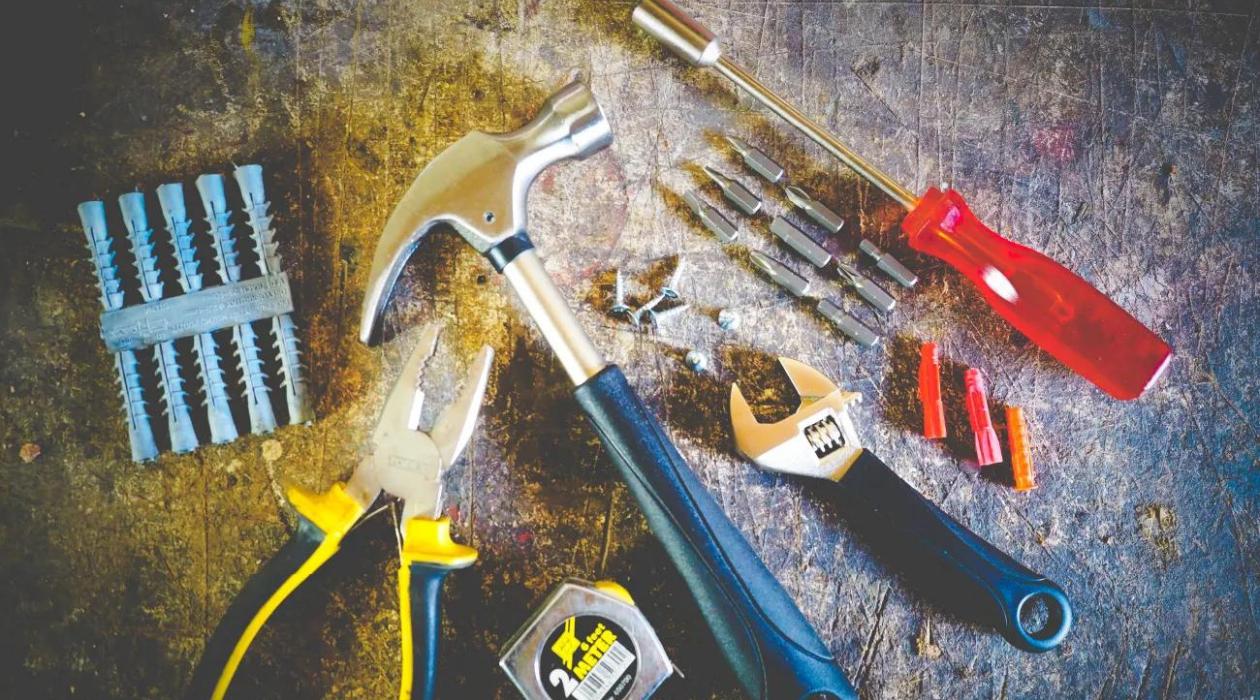
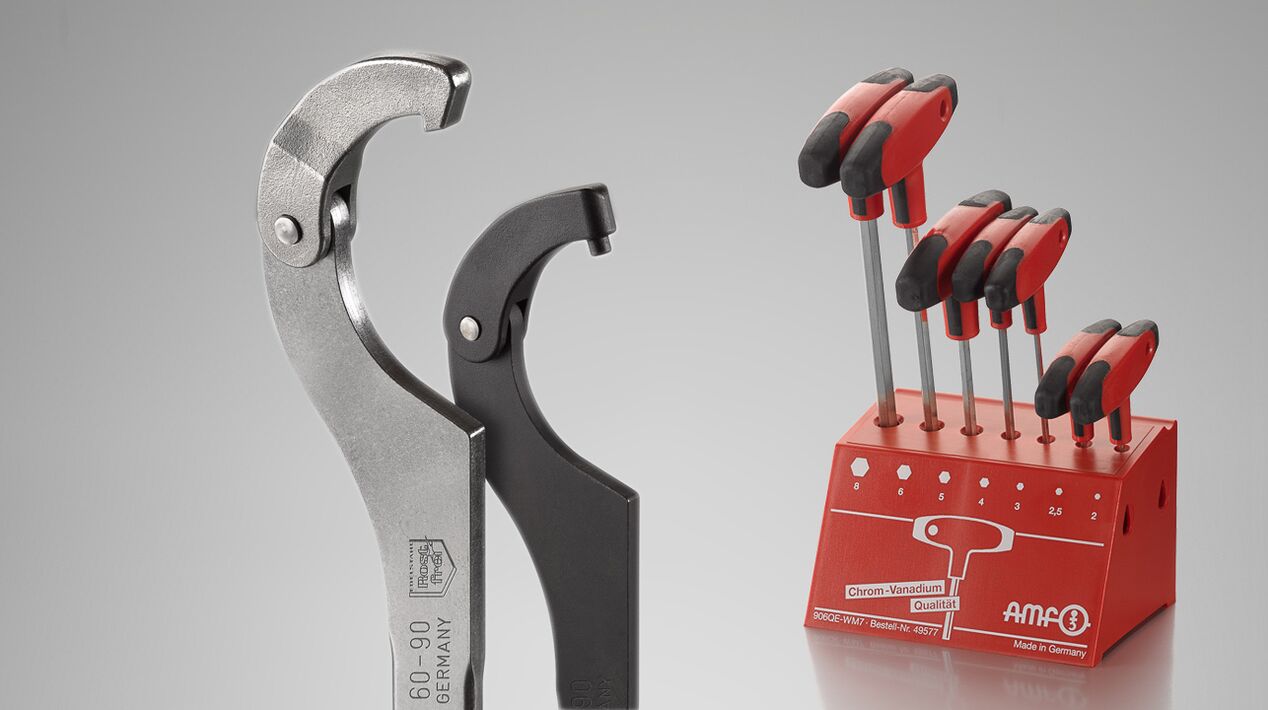
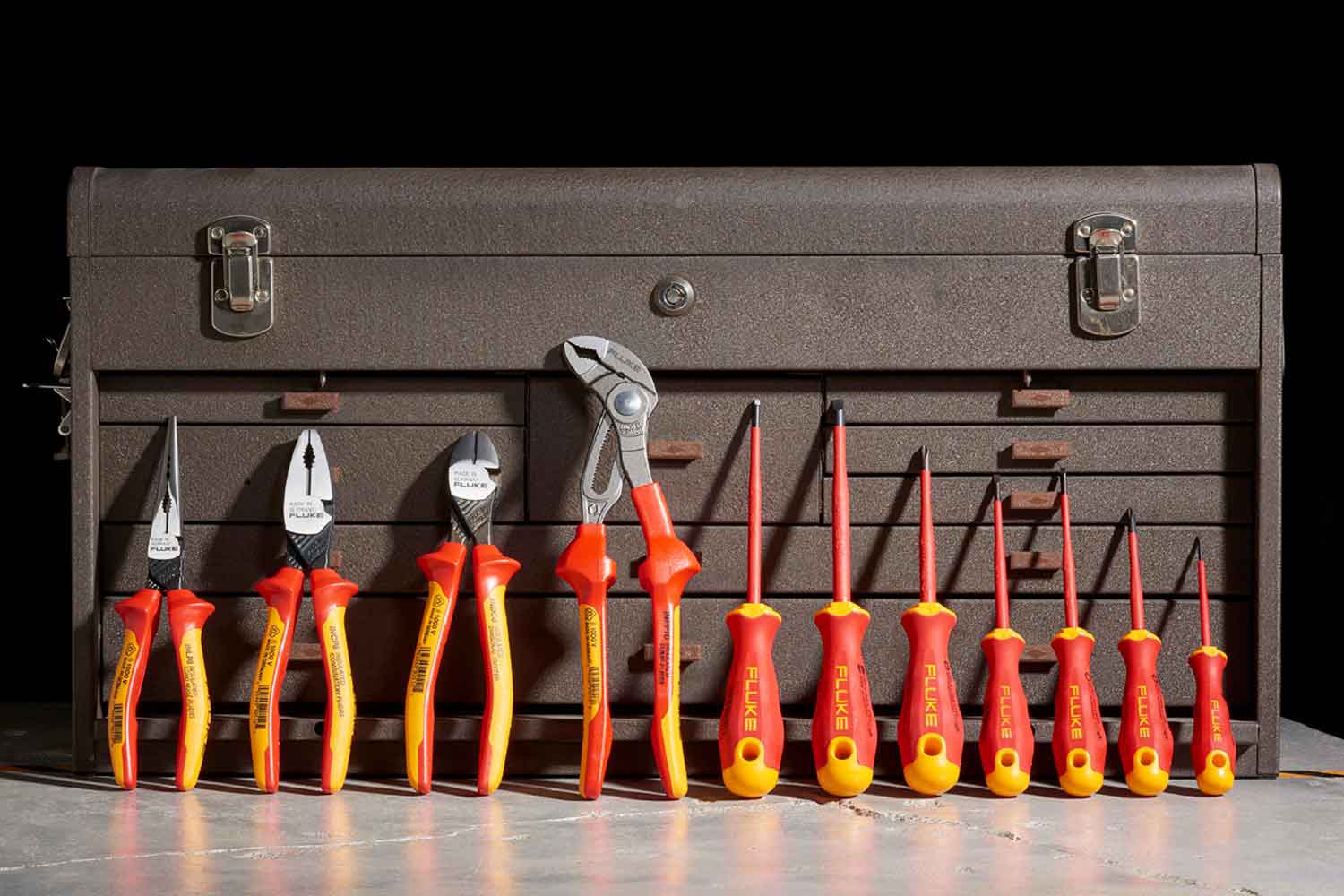
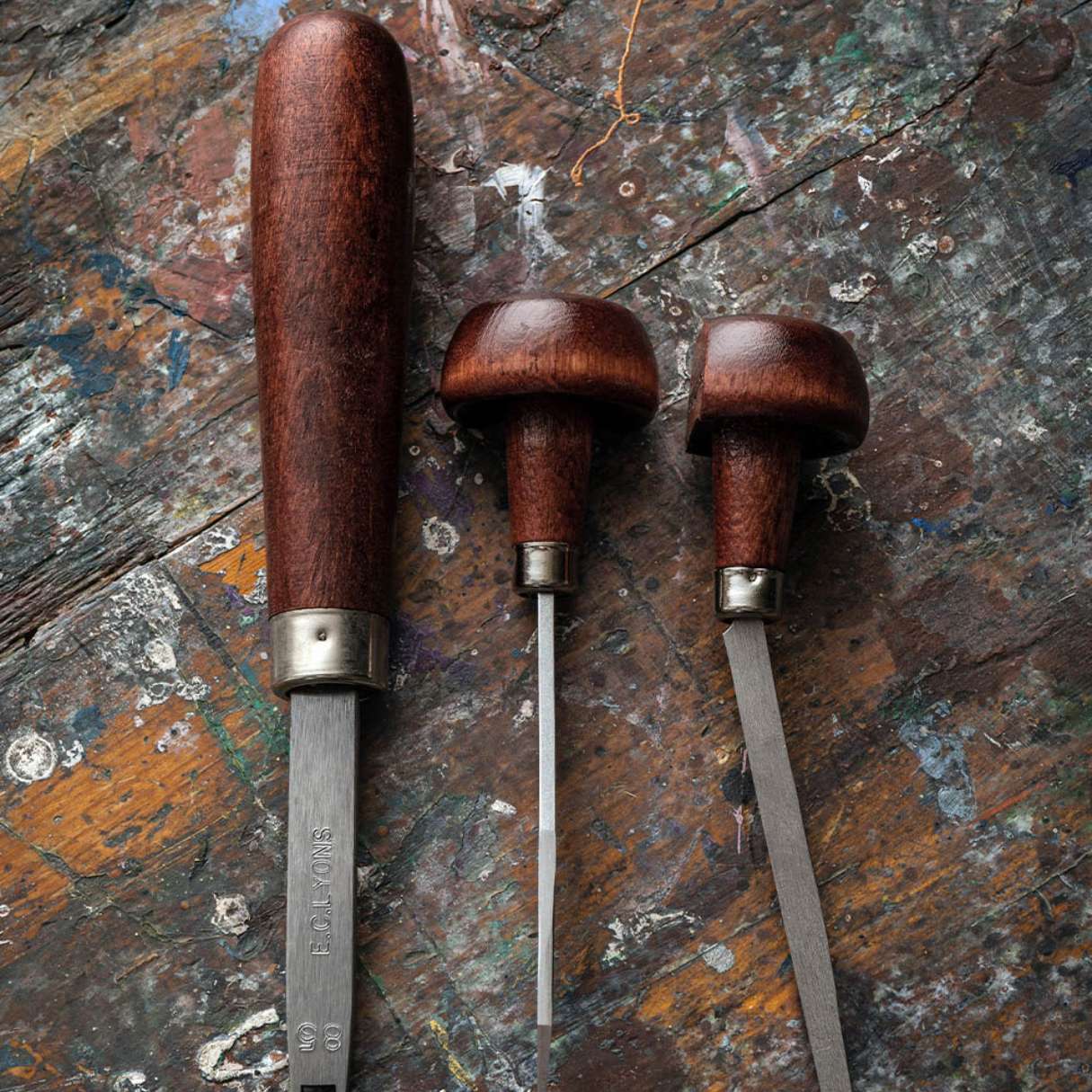
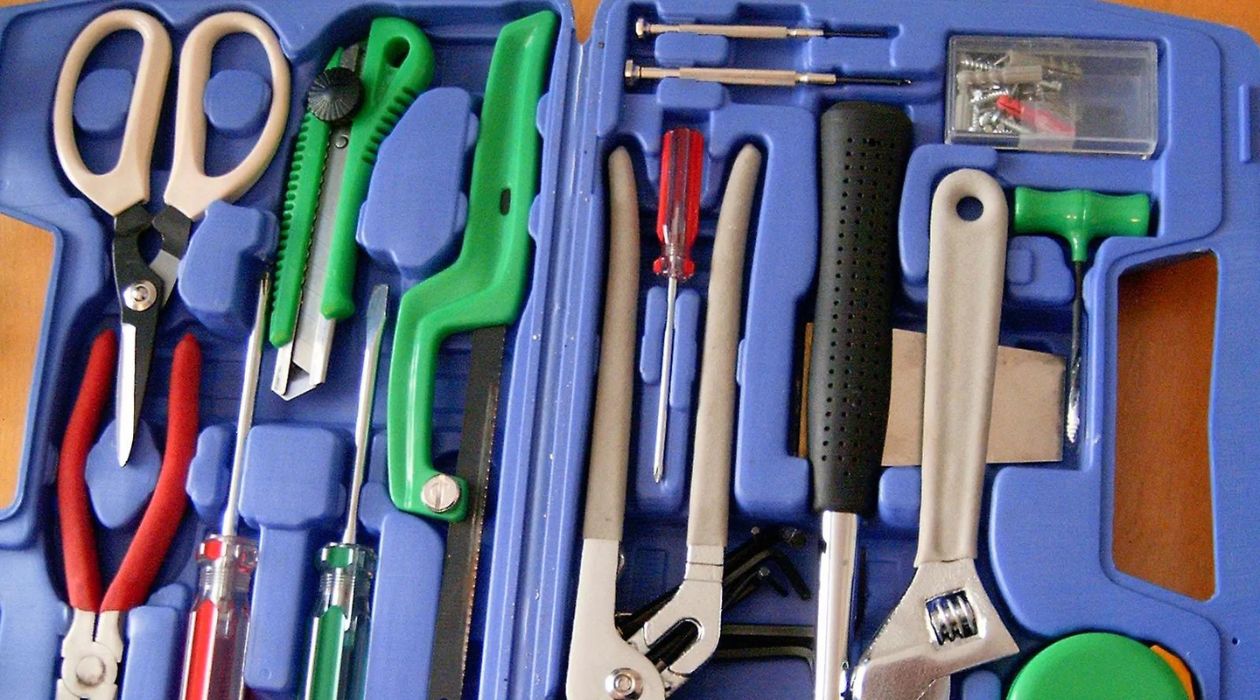
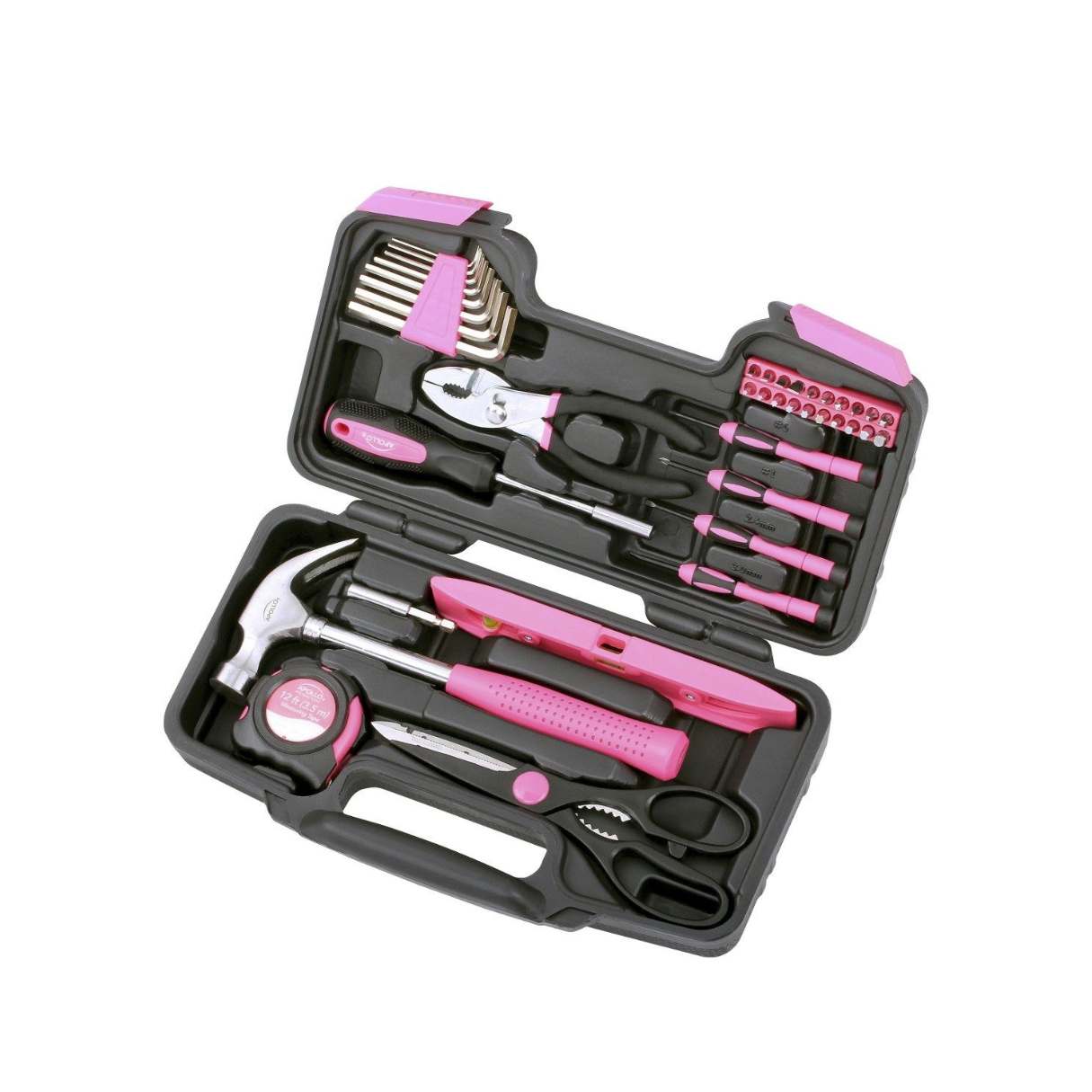
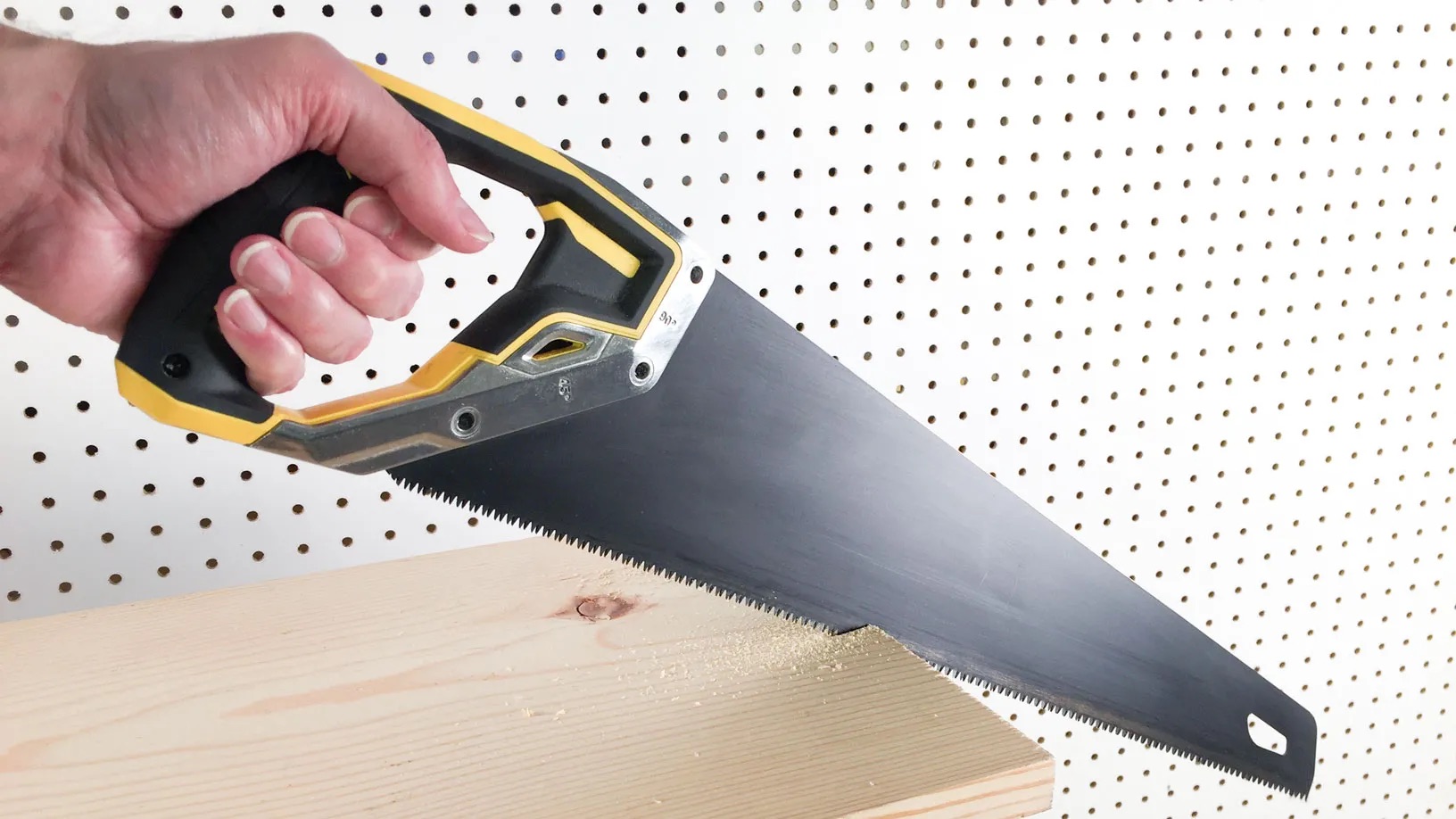
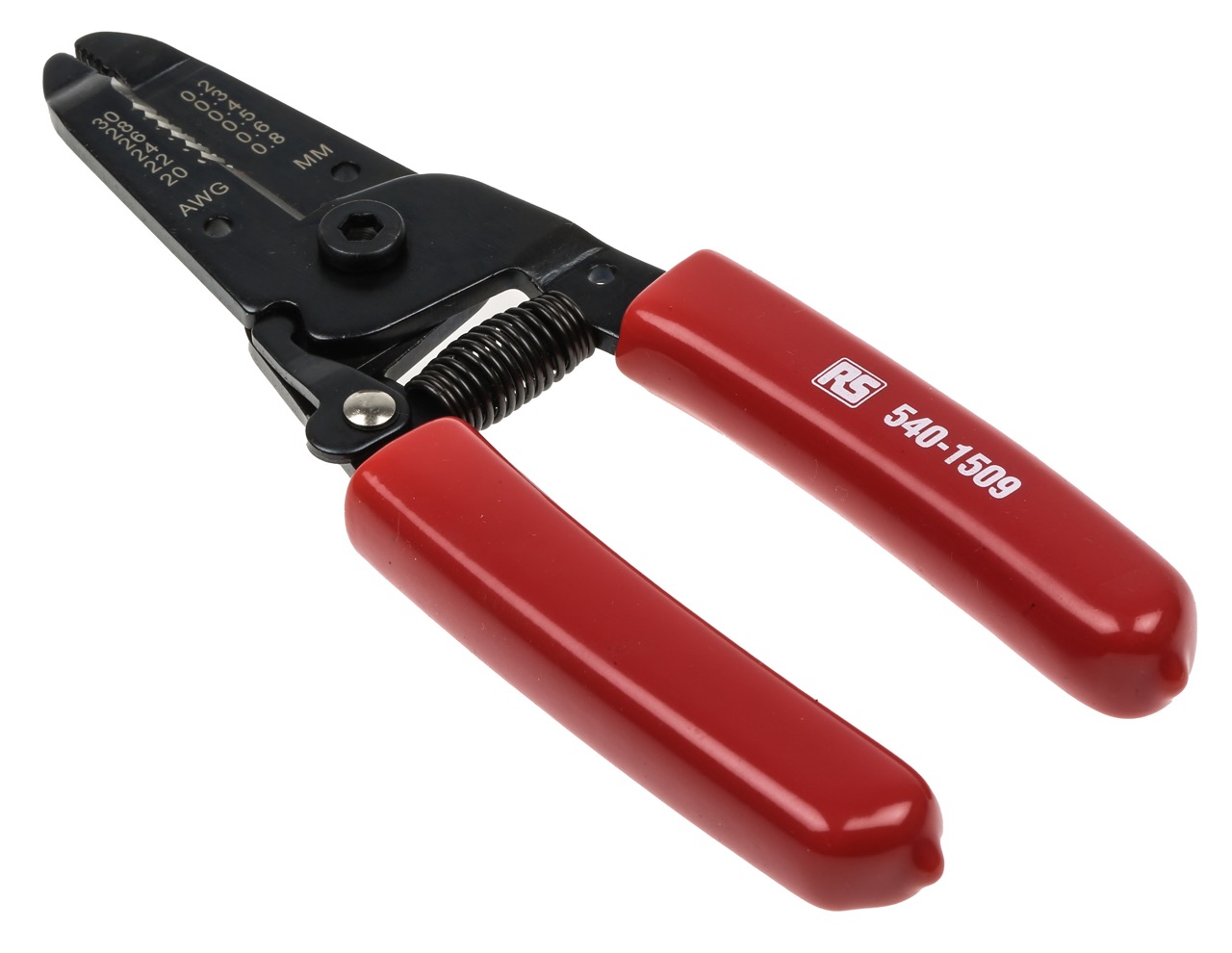
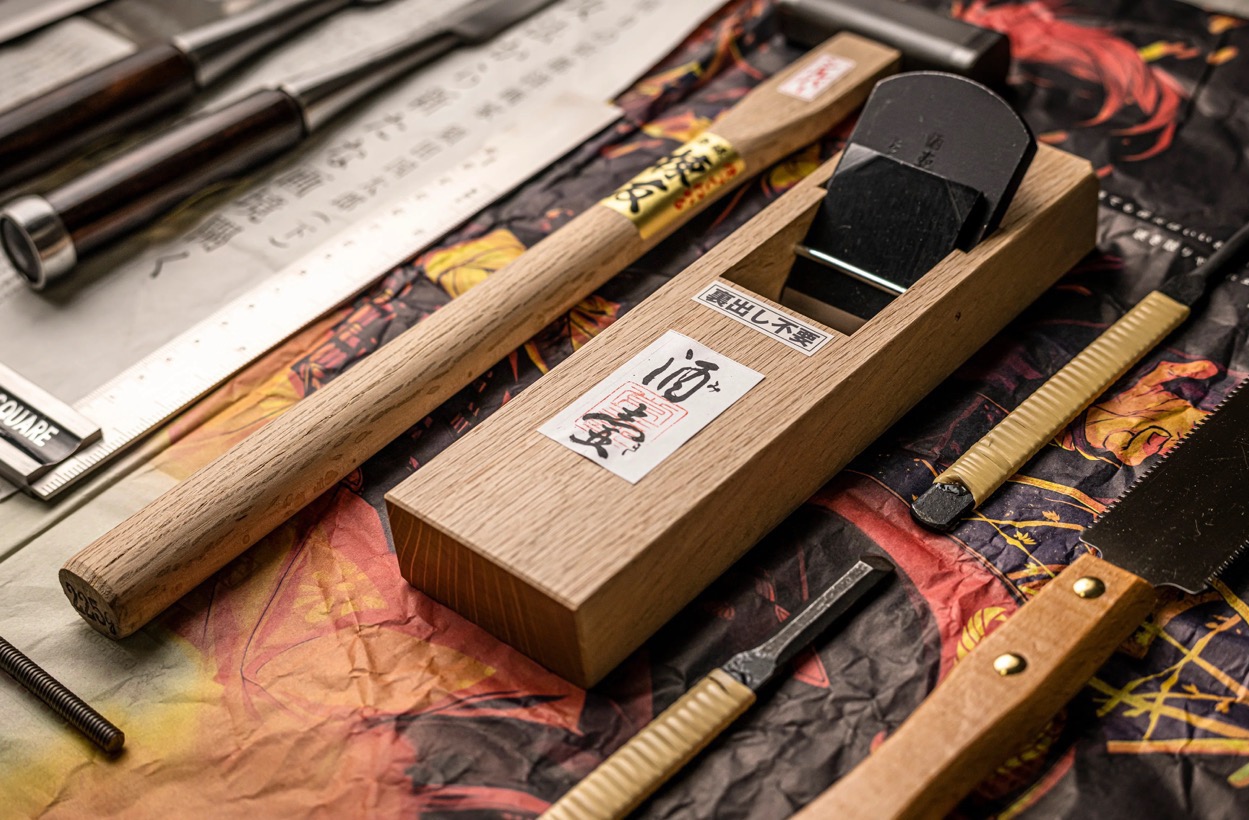
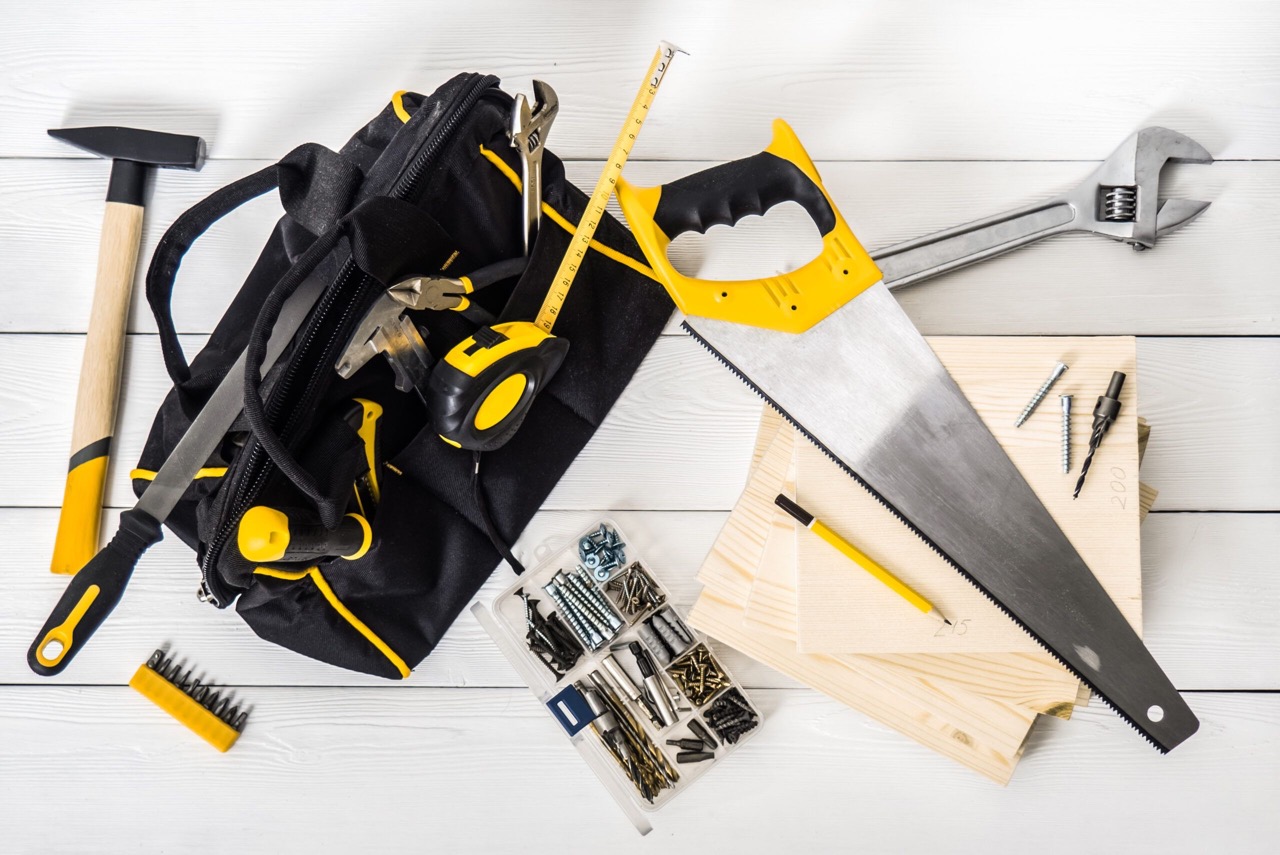
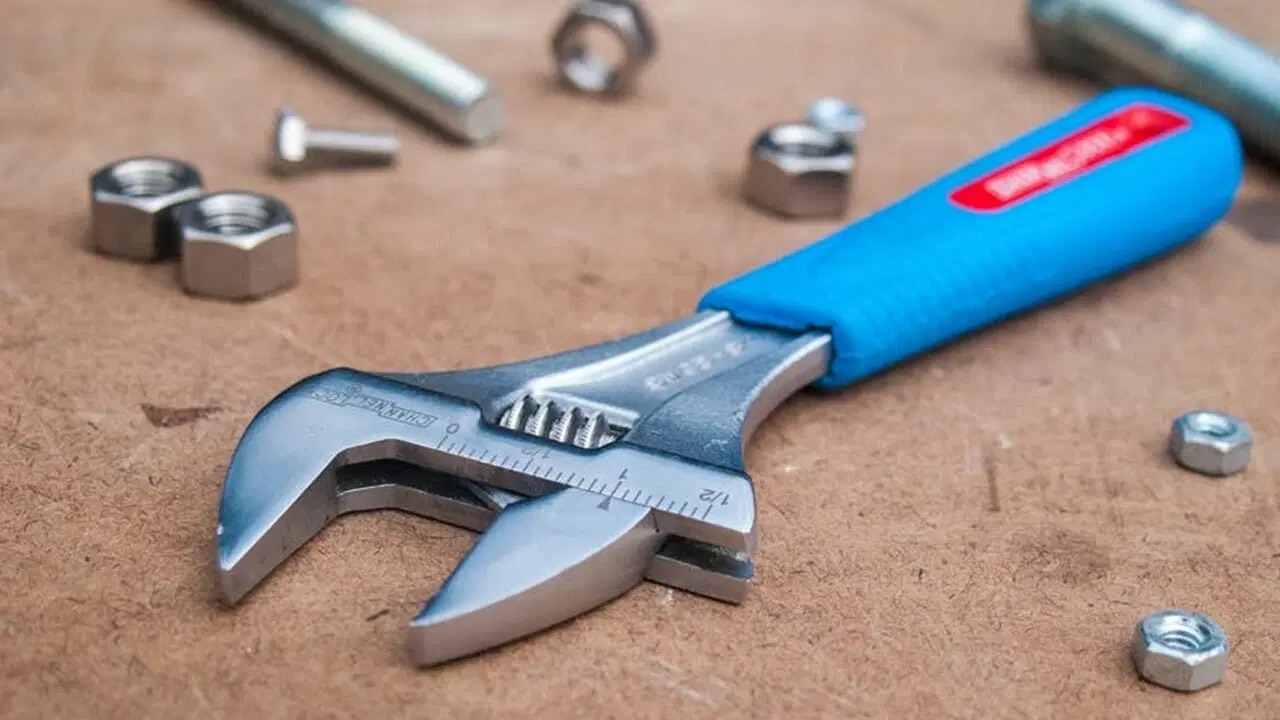

0 thoughts on “What Are Woodwork Hand Tools”